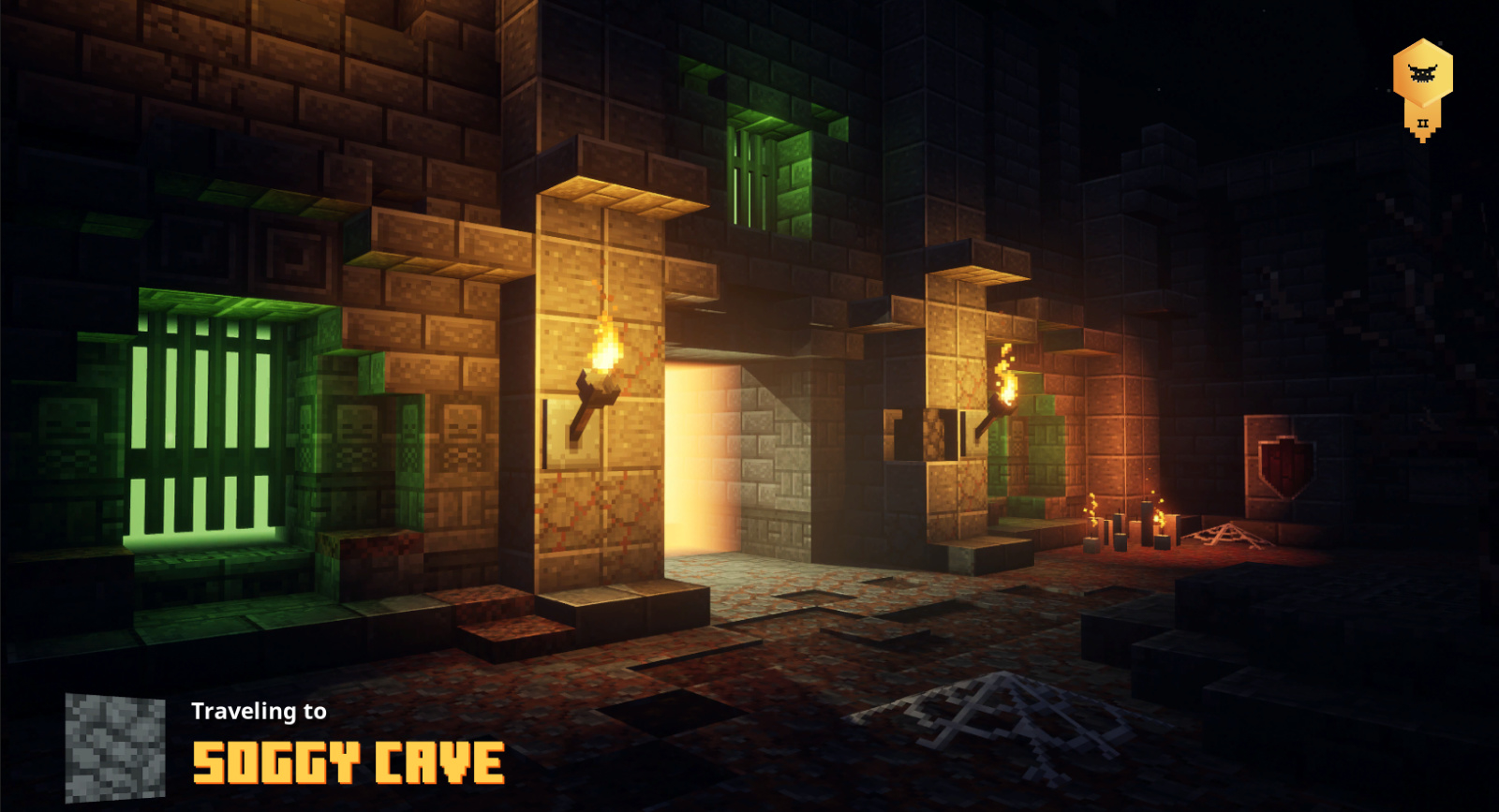

It’s not dissimilar from how Howard describes the visuals of the underwater scenes: “You’re driving through on a high mountain pass,” constantly hitting cloud systems. You’d hear it as an audience member, like the divers would, so that one of your senses was being compromised.” We deliberately made everything very diffuse, very divergent, so that it was difficult to ascertain where the source of a sound was to each diver. “We use that to great effect in the water scenes of the film. “Sound is traveling four or five times faster in water than it does in air, and we also don’t really use our eardrums-making it much harder to discern where the source of a sound is in relation to the person listening,” Tarney explains. The everyday chaos of the action at camp, then, sounds more familiar to the average ear-underwater, it’s anything but.

“That sort of almost frenetic energy that you would have, it would need to be very, very different to that isolation in a hostile environment that the cave divers and boys were experiencing,” he says. In his initial conversations with Howard, supervising sound editor Oliver Tarney-a five-time Oscar nominee known for ticking-clock thrillers like Captain Phillips and 1917-realized he’d need to emphasize the contrasts of the soundscape outside and inside the caves. The tension of the cave scenes is derived primarily from what followed after all this planning and filming-the postproduction process. “I could ask Rick or John at any moment, ‘Do you think this would really happen?’” Hughes tells me of her access to the real divers. “Once Molly began to understand what the obstacles were in those caves-whether it was because it was so tight, of the stalactites, or of the current-she began to design the sets with her team and look at my storyboards,” says Howard. They then received the schematics of the actual caves, which Howard and Hughes pored over in great detail. There was the palette: Looking at the PBS documentary footage particularly, Hughes and Mukdeeprom collaborated to emphasize colors “that are so vivid in particular to Thailand, and counterbalanced by the grayness and the darkness of the rain and the weather patterns that were moving in constantly,” says Howard. The production approached the caves step by step. It’s only in watching it afterward, we looked at each other: ‘I can’t believe we did that. “Then, when I had to deal with everything that came to me, I forgot the pressure-just focus on what needs to be done!” Hughes echoes the sentiment: “There was something about the way we approached it, that it never felt on a large scale. “At the beginning I felt very much under pressure,” Mukdeeprom says of tackling the cave scenes.


 0 kommentar(er)
0 kommentar(er)
